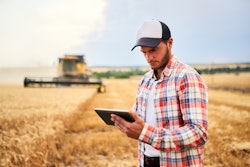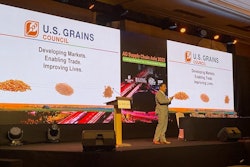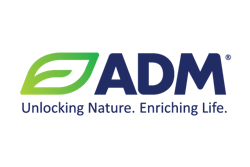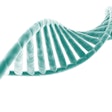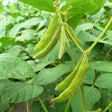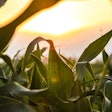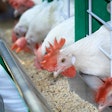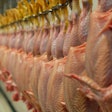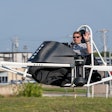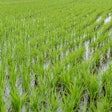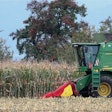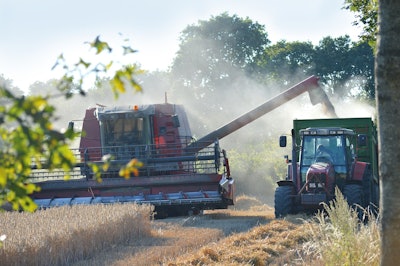
TheU.S. Department of Agriculture(USDA) unveiled a geospatial product calledCrop Sequence Boundaries(CSB) that offers public access to national-scale visual crop rotation data for the first time.
The new tool was developed by USDA’sNational Agricultural Statistics Service(NASS) and Economic Research Service (ERS), two of the department’s statistical scientific research agencies.
CSB is a cutting-edge map of agricultural fields that provides crop acreage estimates and historical planting decisions across the contiguous U.S.
Interactive map analyzes planted U.S. commodities
The open-source product uses satellite imagery and other public data to allow users to analyze planted U.S. commodities, enhancing not only agricultural science and research, but providing producers an innovative resource to help make farming decisions.
“CSB gives farmers a chance to look at area farmland and see how remote sensing is capturing planting decisions,” said NASS Administrator Hubert Hamer. “Farmers will be able to use eight years of historical crop rotations to enhance their farm records or look at the management history of land that they might have recently started operating. They can also look at how their planting decisions compare in their regions.”
New farmers or farmers considering renting land could also use CSB to decide which crop to plant based on past rotations, such as corn to soy, and researchers can conduct analyses at the field level, such as studying conservation practices for a particular field.
The tool fills a gap between existing data sources, offering a more comprehensive picture and data in one place that is not provided by most other field level products.
Advanced technology supports agricultural analyses
CSB包含技术ical advances in satellite imagery and high-performance cloud computing with Google Earth Engine. It is one of several tools that NASS and its partners have developed over the years to support agricultural analyses and to make data more accessible and valuable to the public.
Kevin Hunt, a senior geographer at NASS, said having a representative field to predict crop planting and acreage for the upcoming season based on common historical crop rotations is beneficial as a supplement to producer-supplied data. ERS Economist Maria Bowman noted ERS is using the product to study changes in farm management practices, such as tillage or cover cropping, over time. This will help USDA agencies understand the impacts of conservation programs that provide financial support for these practices.
This product represents an automated and repeatable method for estimating fields from public data.
“For researchers, CSB is useful because many farm decisions are made at the field level," said Dr. Spiro Stefanou, ERS administrator. “CSB represents an advancement in agricultural research by using high performance cloud computing to promote competitiveness by making information on planting decisions more accessible to everyone.”
The CSB data sets for 2015 to 2022 are available fordownloadand can be viewed at the state and county-level using aninteractive map.
This new tool supports strategies outlined in USDA’s recently releasedScience and Research Strategy, including improving and expanding new tools for understanding crop production to supplement other USDA spatial tools likeCOMET – Planner Global. USDA science is envisioning new ways to look at old challenges and everyday decisions to support our nation’s farmers and ranchers.
For NASS data and access to CSB and other geospatial resources, visitnass.usda.gov.






